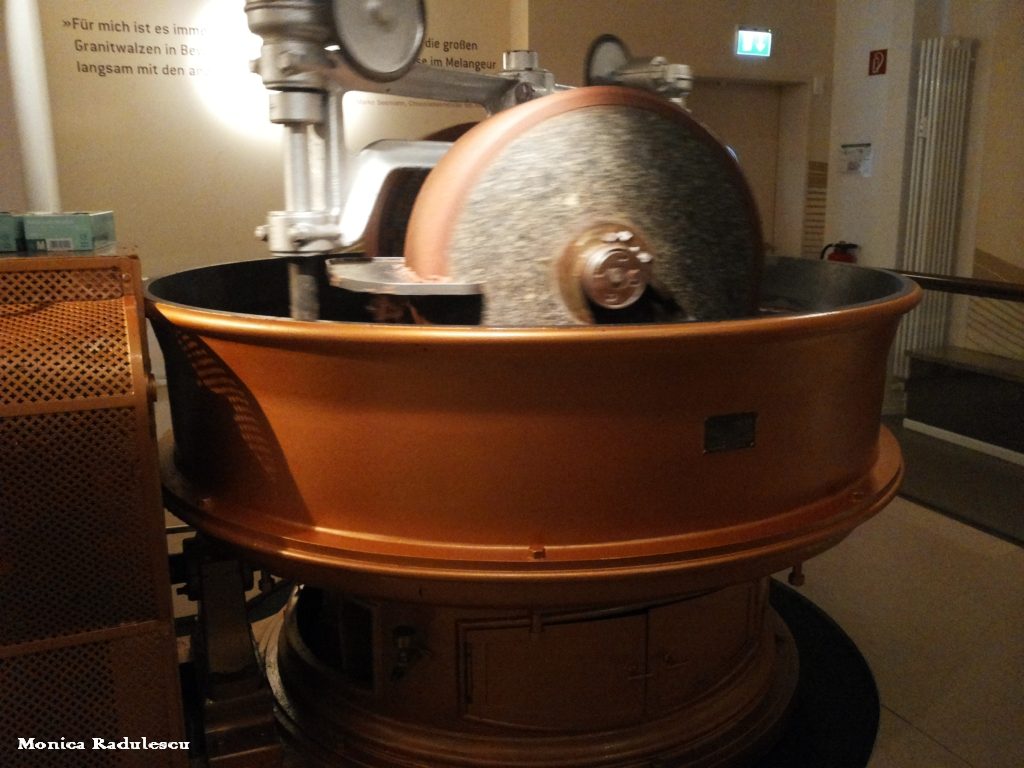
Table of Contents
How to Capture the Art in Industrial Landscapes
Industrial landscapes are all over the place. In fact, they’re so common, we often forget these construction sites, power plants, chimneys, and factories. can be extremely interesting photography subjects.
Truth be told, industrial landscapes are rising in natural habitats and urban areas, changing the face of the Earth. They have intriguing materials, textures, and colors, and unique geometrical shapes. All photographers should practice seeing art in the common and mundane. And, when you find something with a story, take a picture. You don’t have to keep heavy photography gear with you, either. Sometimes a phone is enough.
Here are some tips for industrial landscape photography.
Contrast is everything
Whether it be grit material or a unique silhouette of a factory, industrial landscapes are the land of contrasts.
Dark edges and sharp textures should always be in these pictures, and you can count on the use of telephoto lenses to magnify the small details of a material. You can also use ND filters to increase the contrast. In fact, filters used in black and white photography (like orange and red filters) are another good acquisition for industrial landscape photography. Monochrome photography is another great option for industrial photos.
All in all, if you don’t achieve the desired contrast directly from the camera, you can use post-processing software to enhance it. There are even special effects offered for industrial views.
Lighting
Industrial plants are often huge and complicated buildings situated in open fields. Natural light is an important component in making them look good in pictures. So, do your homework and visit the location at different times of the day to identify the angles you have access to and the times when the light is perfect.
Note: Golden hours give a warm glow, and lateral light can improve contrast and reflections.
Materials, patterns, and textures
There are many aspects of industrial life that can make for a nice picture. Materials can be a subject by themselves, so don’t be afraid to get really close and fill the frame with abstract shapes.
And, since patterns are one of the main features of an industry, look for similarly dressed people doing similar jobs at similar machines. Extend your list of subjects to machines, workers, tools, and installations.
Industrial textures are perfect for prints used for interior design. Think of brick or timber walls, glass shields, and metal pipes. Some other tips:
- Fill a frame with one or two textures, while being careful not to overweight the image.
- Balance textures and colors with attention because both of them catch the eye.
- Monochrome textures also look very good.
- A circular polarizing filter can help you escape the unwanted reflections.

Stories
There is nothing dull about industrial photography. There are stories behind each structure and it’s best for you to learn about these stories. Truth be told industry can be an ally or an enemy. Take pollution, for example– it is an unfortunate side effect to factories. Smoky chimneys, dregs, natural resources waste are just a few of the modern problems associated with industries. So don’t ignore them when photographing industrial landscapes. You are there for more than a pretty picture; you’re there to reflect reality. Take these moments to use your voice.
Useful things to know
- Industrial landscapes are sometimes subject to special photo conditions. Be sure you are allowed to take pictures.
- Bring a tripod for shooting in poor lighting conditions (especially for indoor pictures).
- Do not trespass, even for a great picture.
- Industry landscapes are everywhere, and can oftentimes be found without leaving your home. Be creative!

